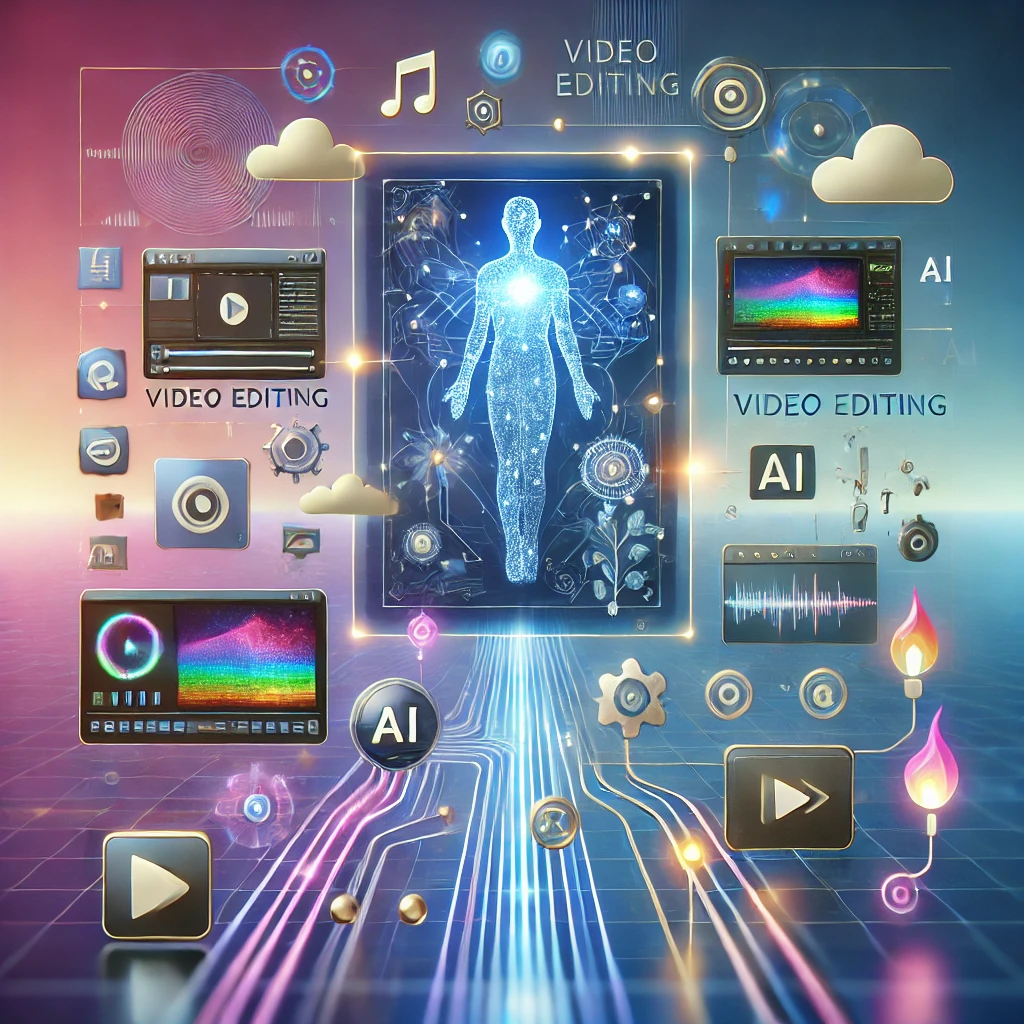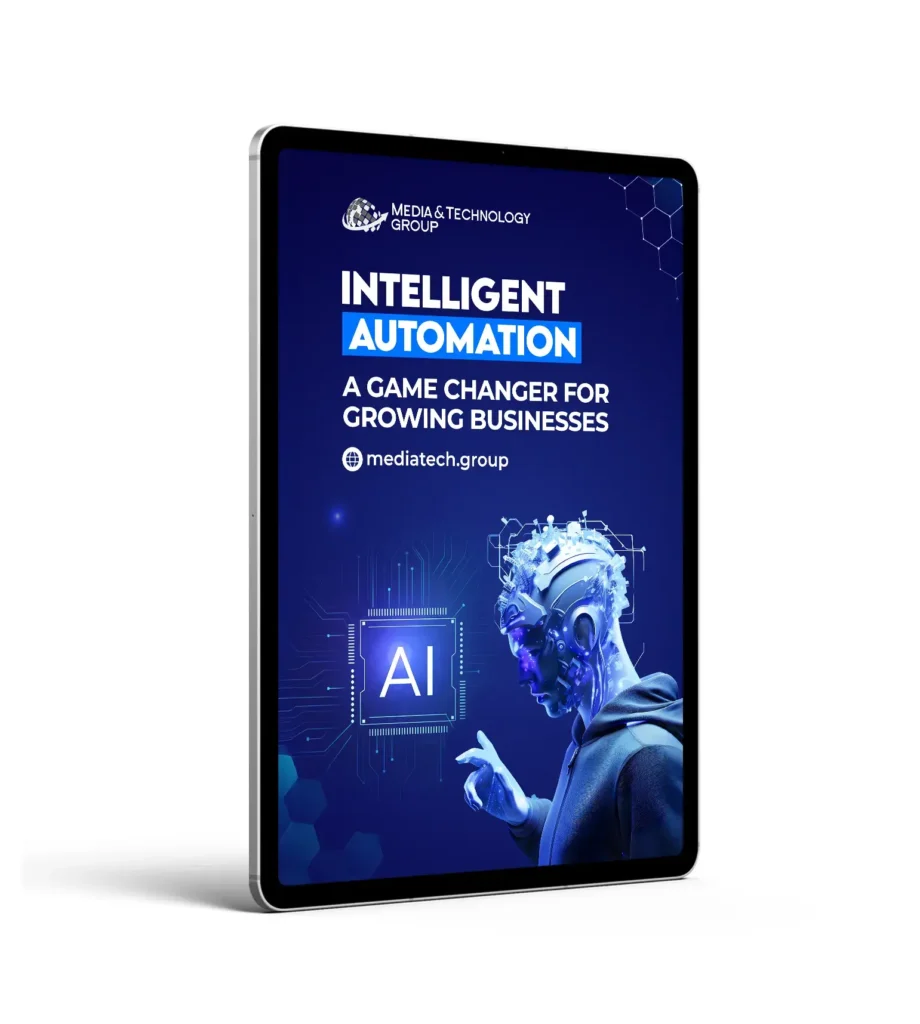In the ever-evolving landscape of artificial intelligence, OpenAI has once again pushed the boundaries of what’s possible with their latest innovation: Sora. This groundbreaking text-to-video model is set to transform the way we create and consume video content, offering unprecedented capabilities that could reshape industries from entertainment to education.
What is Sora?
Sora is OpenAI’s newest AI model, designed to generate high-quality videos up to one minute long based on text prompts. Unlike previous attempts at text-to-video conversion, Sora demonstrates a remarkable understanding of complex physical interactions, temporal consistency, and the ability to create cohesive narratives within its generated videos.
Key Features and Capabilities
- Length and Quality: Sora can produce videos up to 60 seconds long, maintaining high visual quality throughout.
- Complex Scene Understanding: The model can interpret and render intricate physical interactions, ensuring realistic and coherent video outputs.
- Versatility: From animated sequences to photorealistic scenes, Sora can generate a wide range of video styles.
- Temporal Consistency: Characters and objects maintain their appearance and behavior throughout the video, creating a seamless viewing experience.
Potential Applications
The implications of Sora for various industries are vast:
- Film and Animation: Streamlining pre-visualization processes and enabling rapid prototyping of scenes.
- Advertising: Creating custom video content quickly and cost-effectively.
- Education: Generating engaging visual aids and explanatory videos for complex topics.
- Game Development: Assisting in the creation of cutscenes and background animations.
- Social Media: Enabling creators to produce high-quality video content with minimal resources.
Challenges and Considerations
While Sora represents a significant leap forward in AI-generated content, it also raises important questions:
- Ethical Concerns: The potential for creating deepfakes and misleading content needs to be addressed.
- Copyright Issues: As with other AI-generated content, questions of ownership and copyright may arise.
- Impact on Creative Industries: How will this technology affect jobs in video production and animation?
What’s Next for Sora?
OpenAI has not yet released Sora to the public, opting instead to gather feedback from experts and refine the technology. This cautious approach aligns with growing concerns about the responsible development and deployment of AI technologies.
As Sora continues to evolve, we can expect:
- Improved capabilities and longer video generation
- Integration with other AI models for enhanced features
- Development of safeguards against misuse
Conclusion
OpenAI’s Sora represents a significant milestone in the field of AI-generated content. Its ability to create high-quality, coherent videos from text prompts opens up a world of possibilities for creators, businesses, and innovators across various sectors. As we stand on the brink of this new era in video creation, it’s crucial to balance excitement for the technology’s potential with thoughtful consideration of its implications and responsible implementation.
Stay tuned for further developments in this exciting field of AI news, as Sora and similar technologies continue to shape the future of video content creation.







